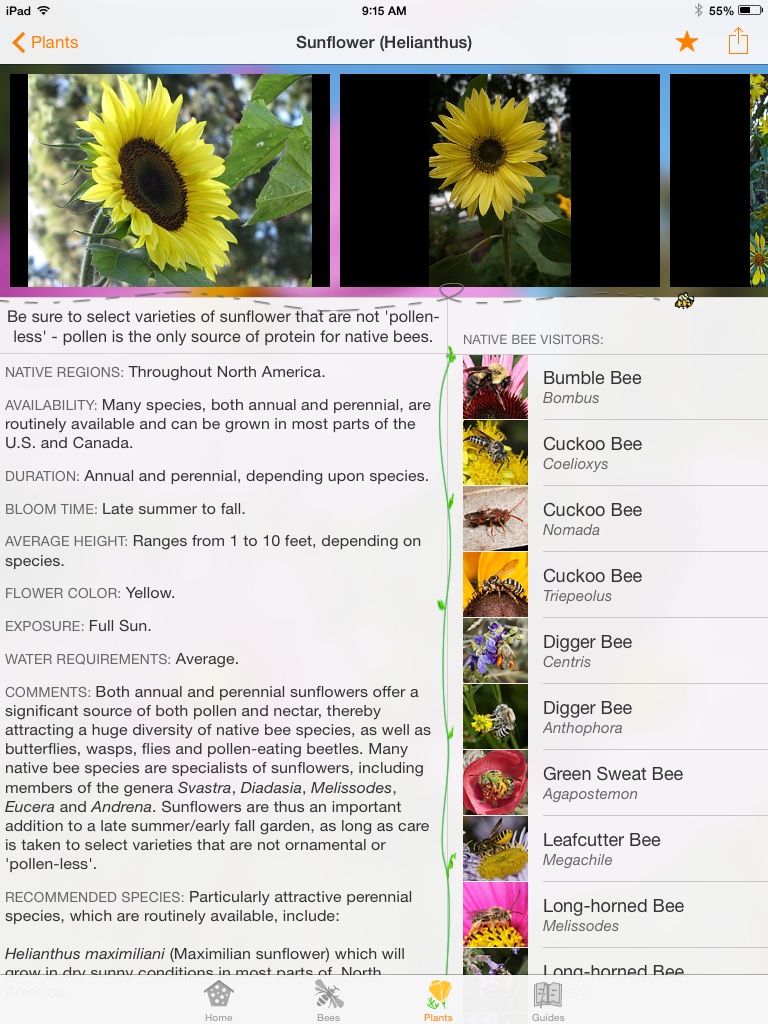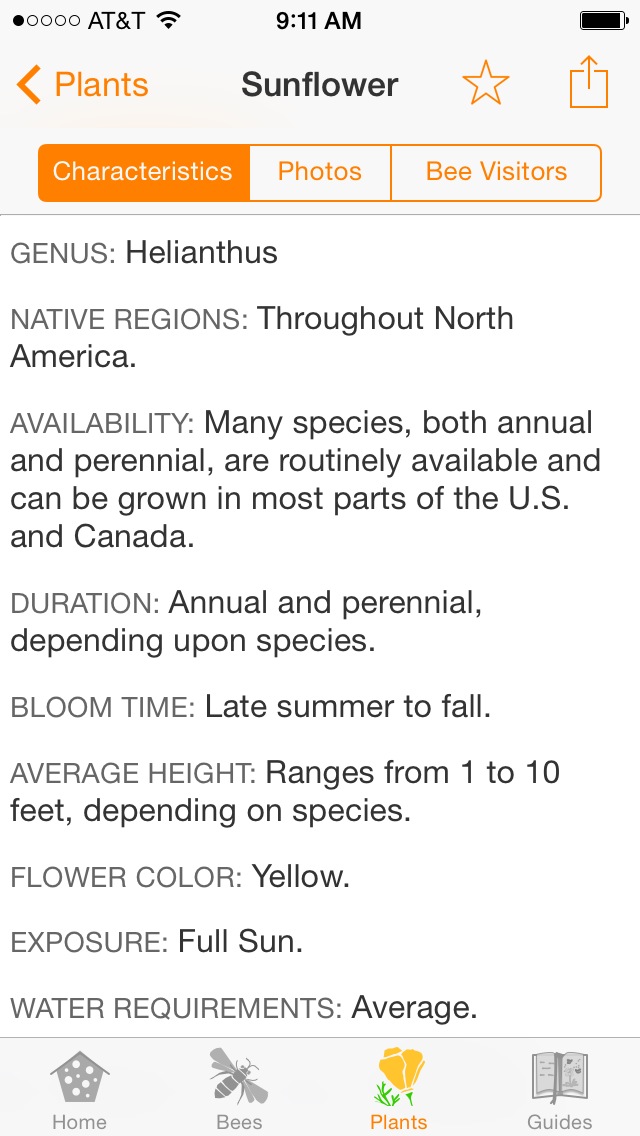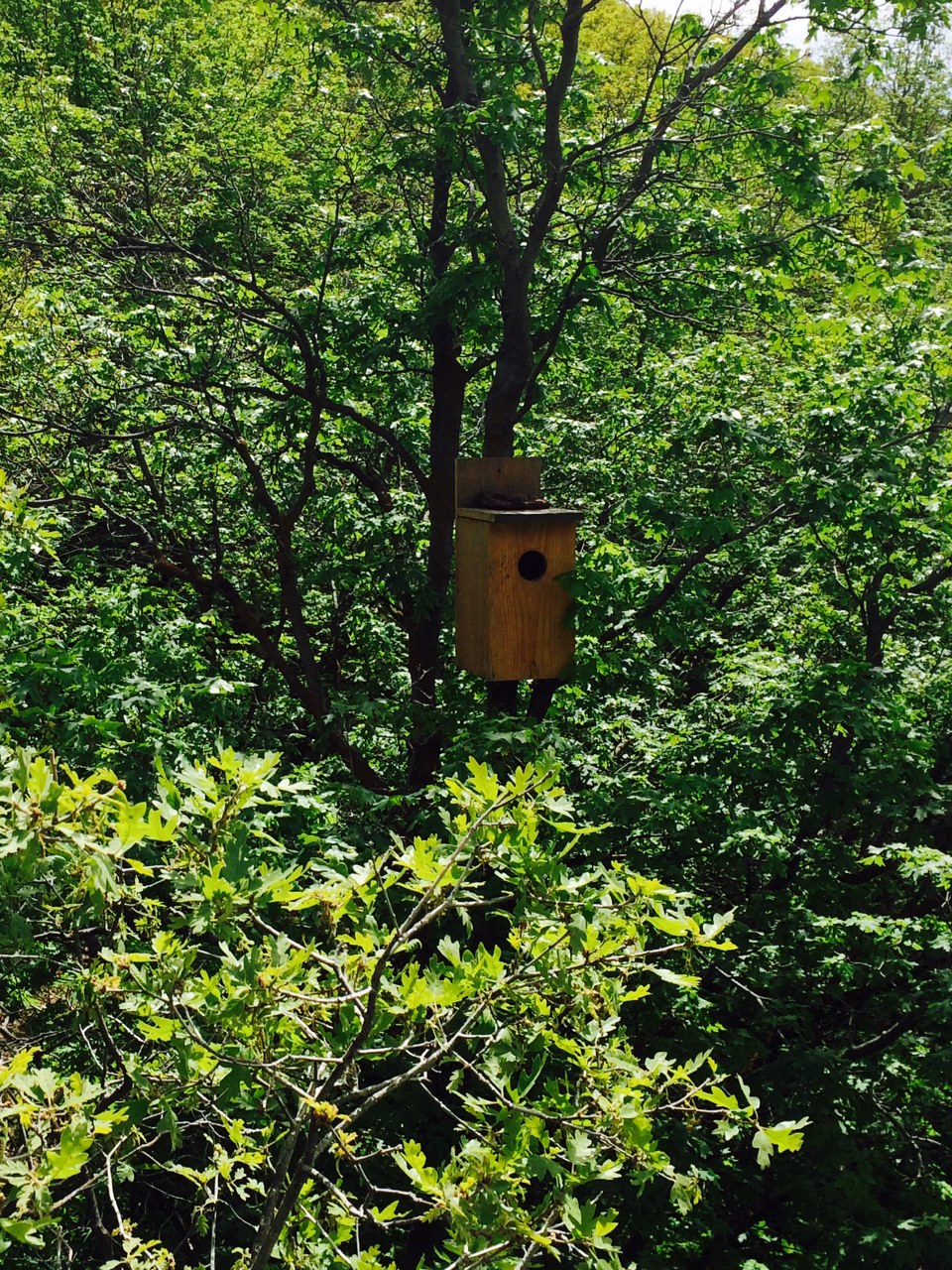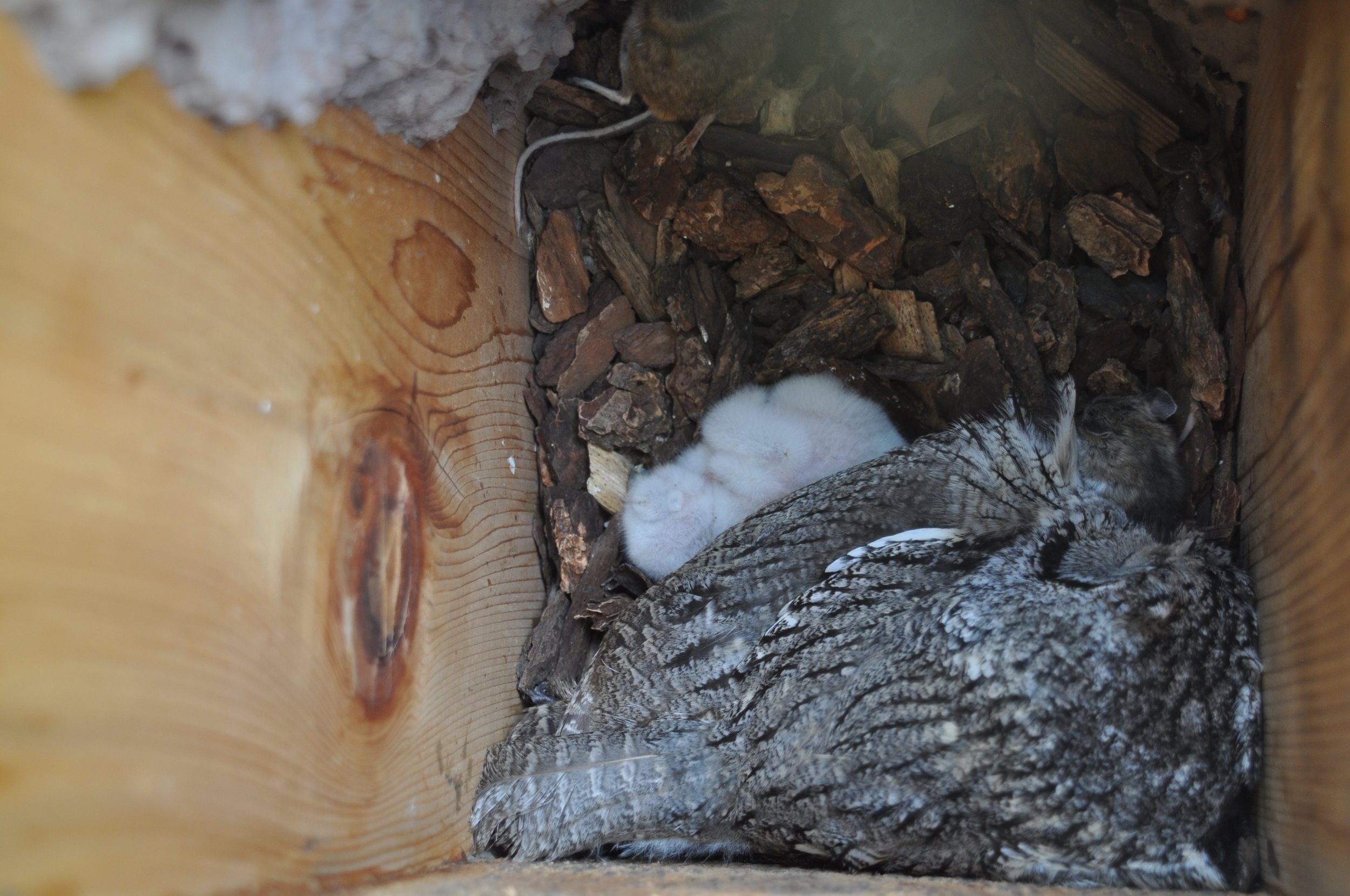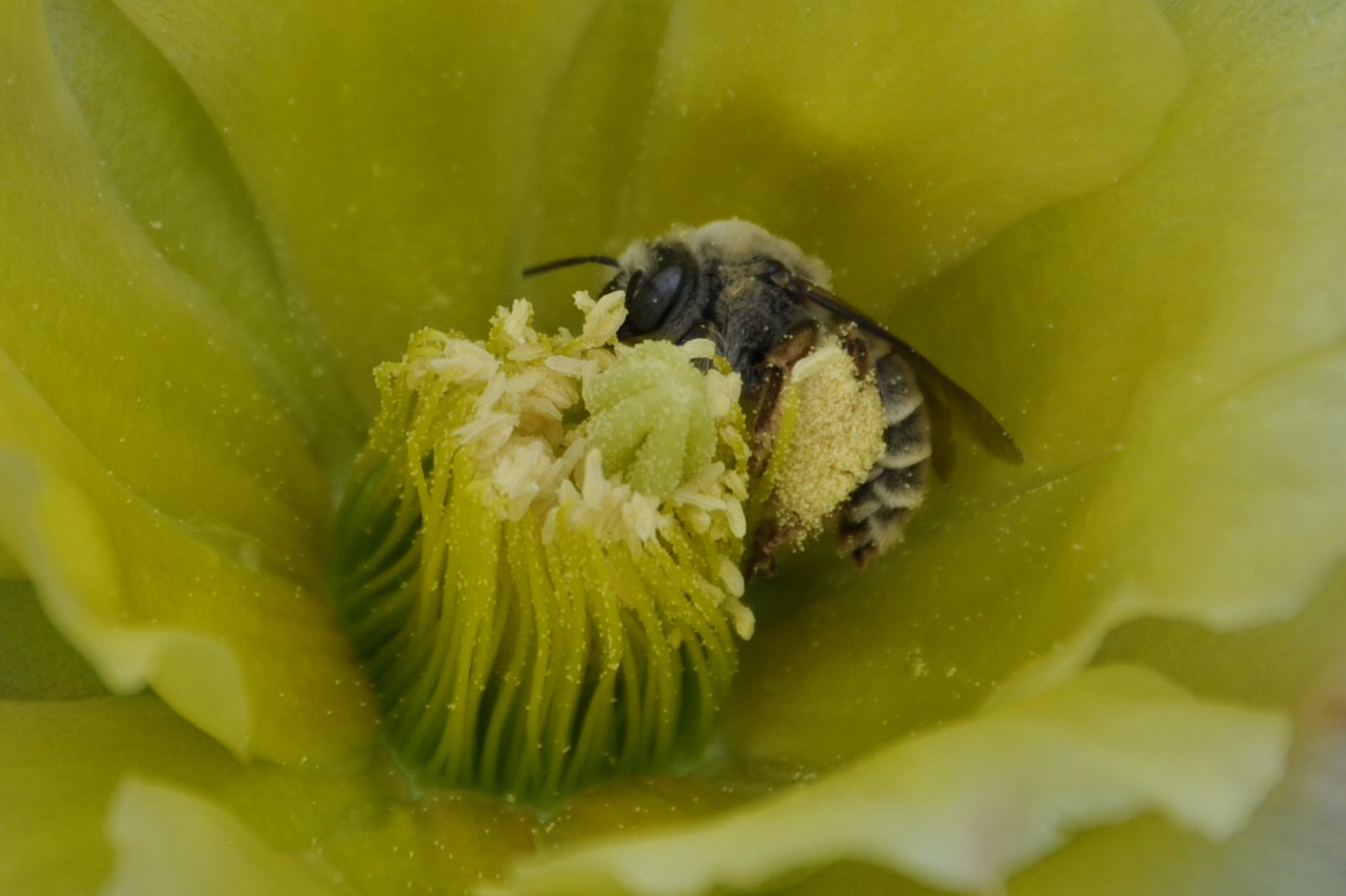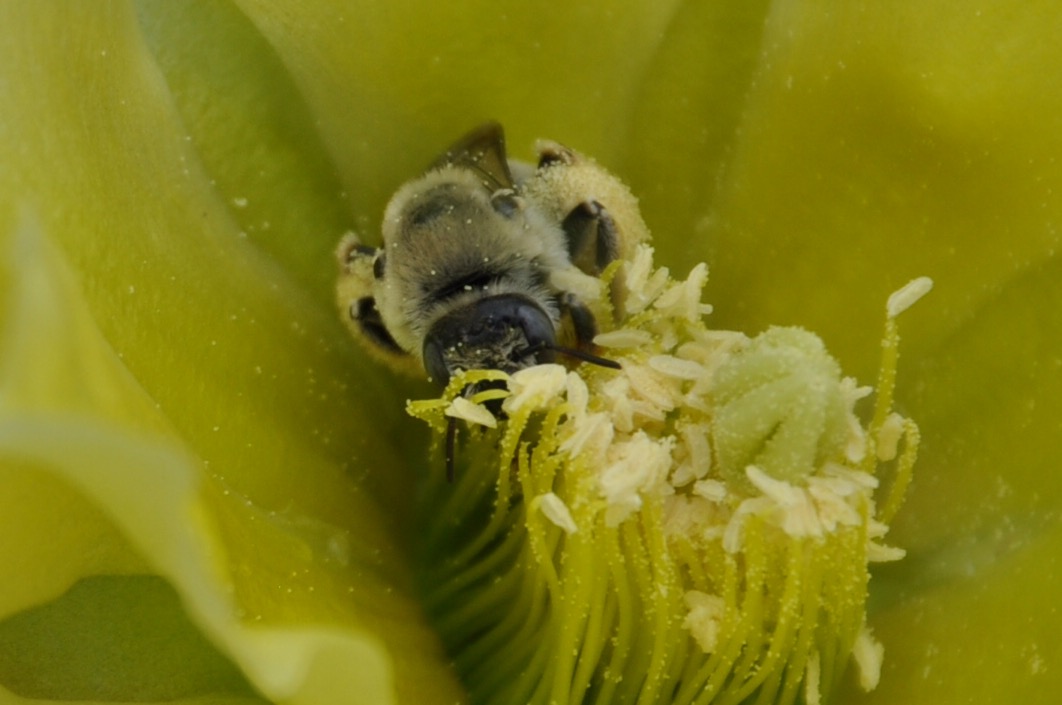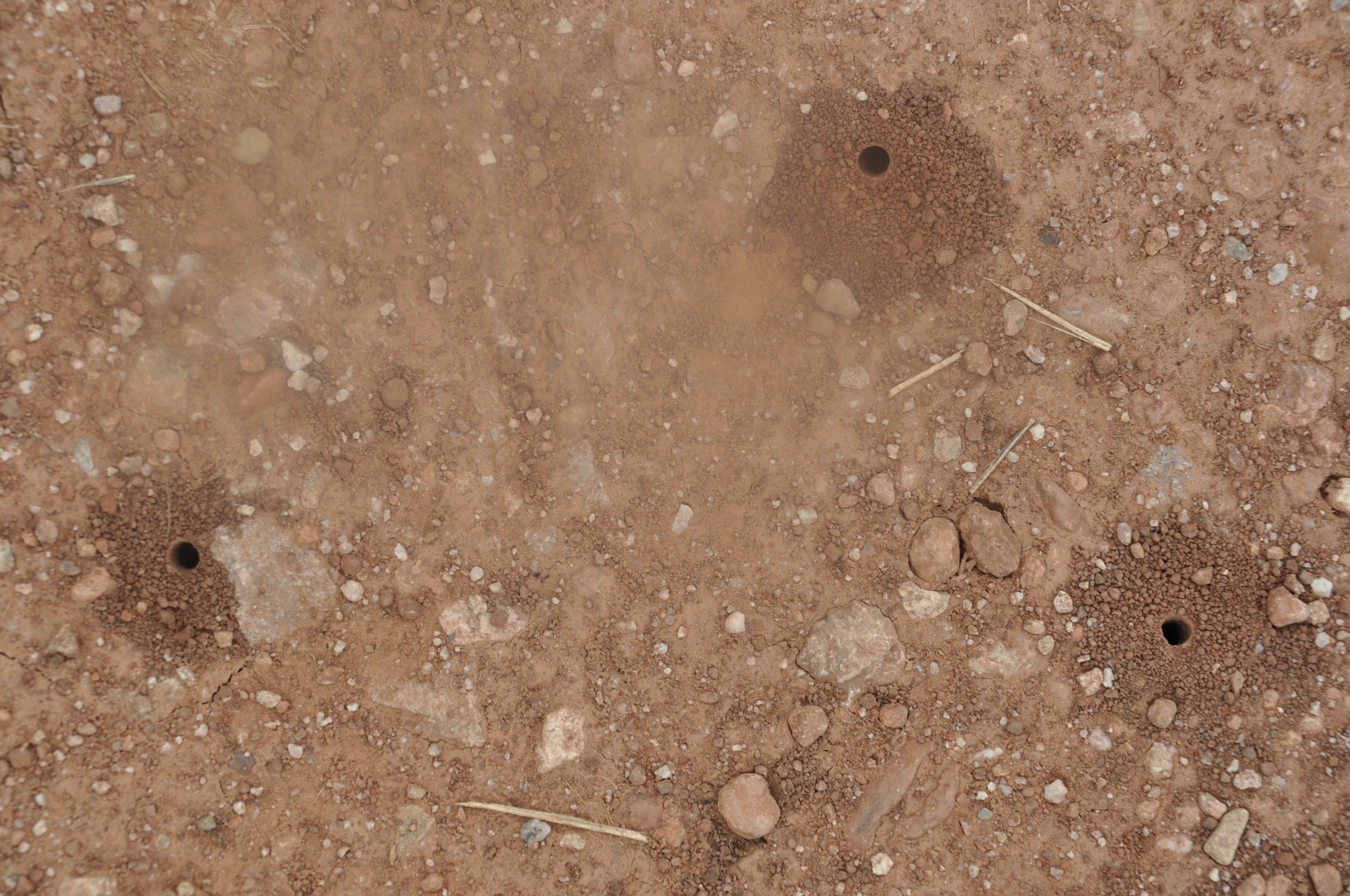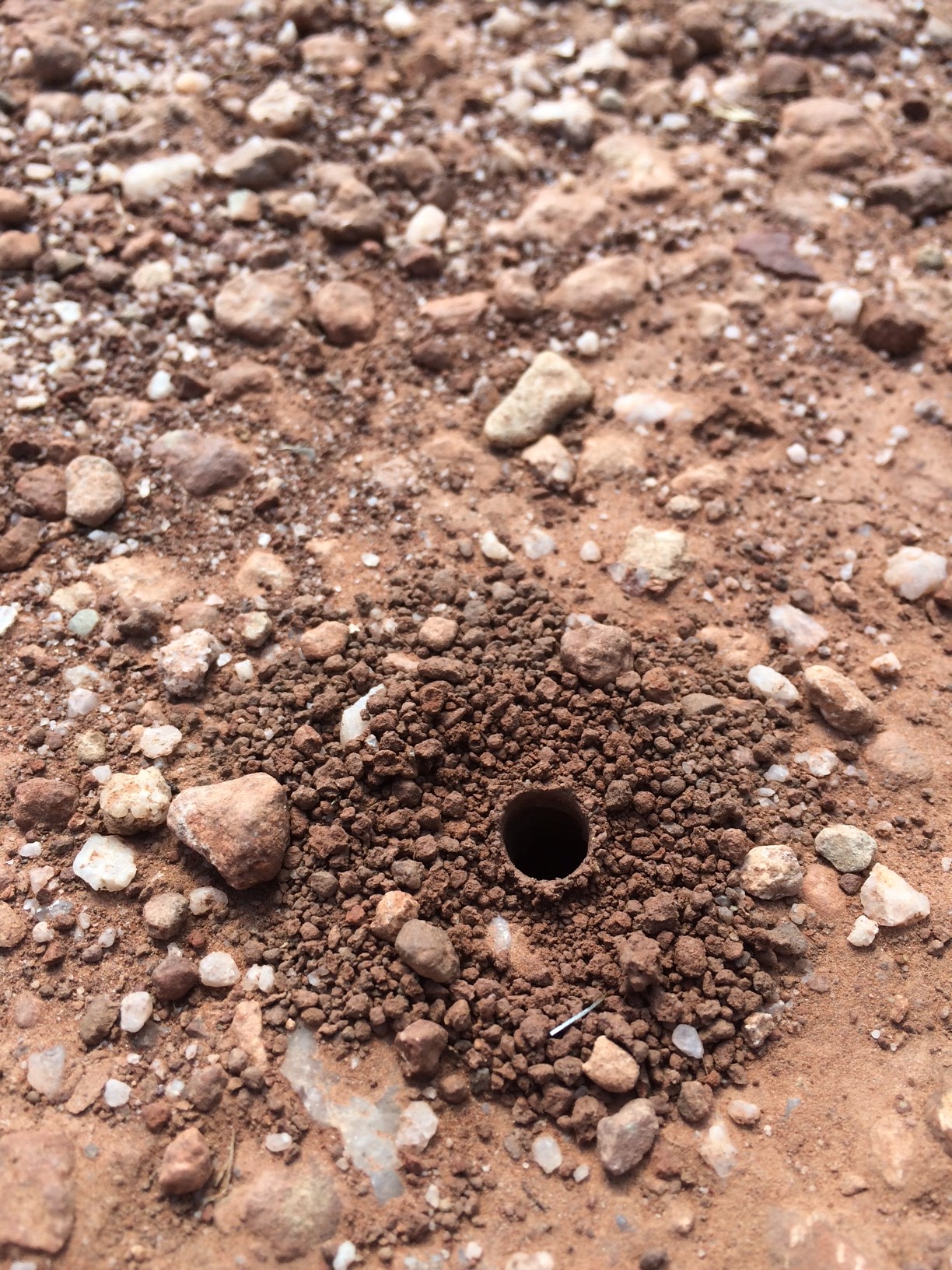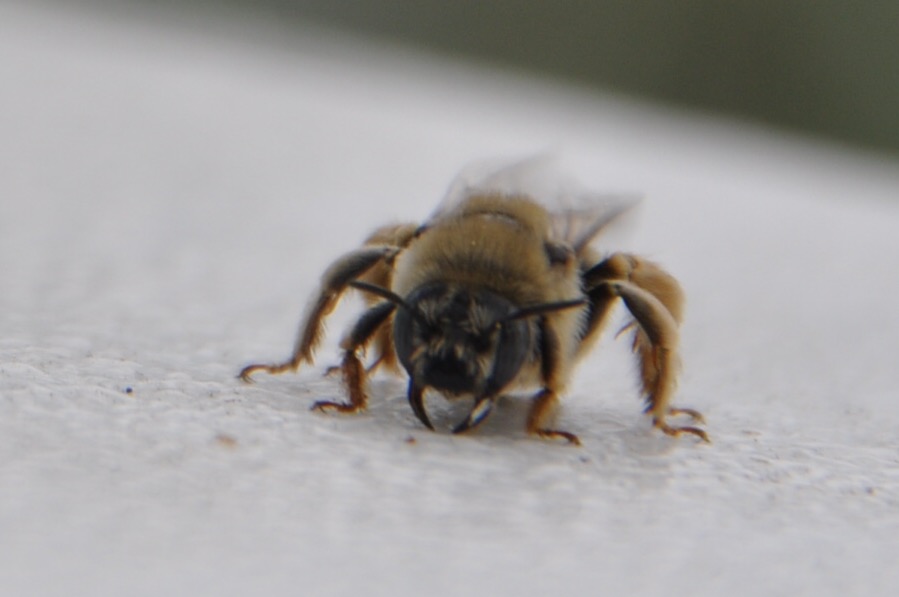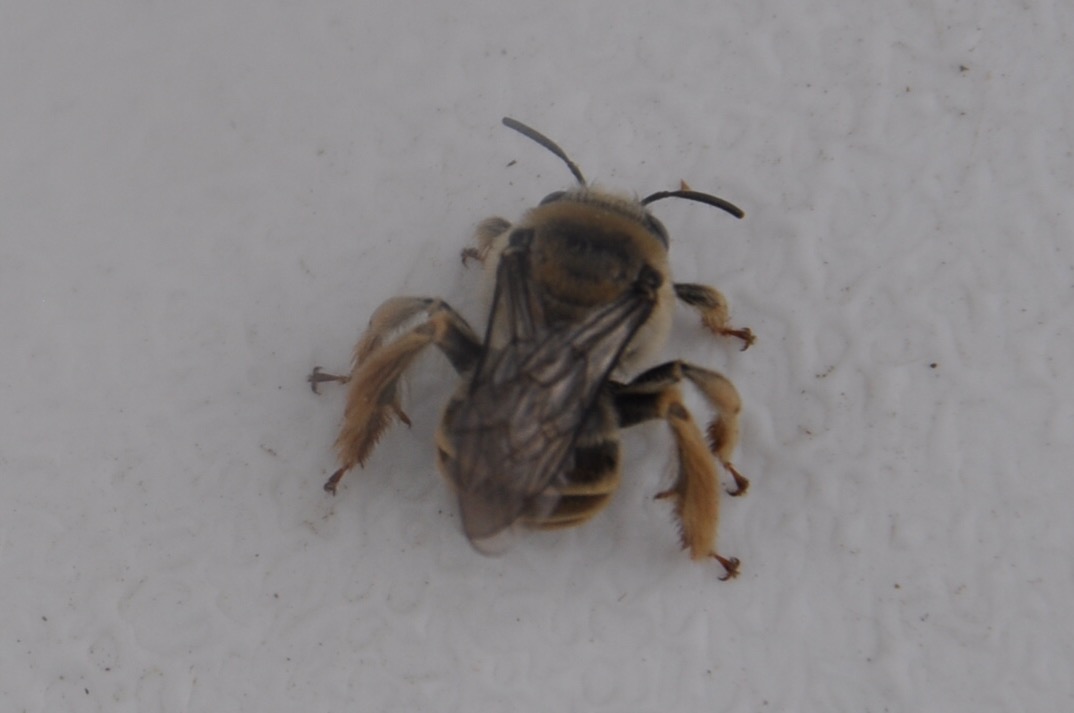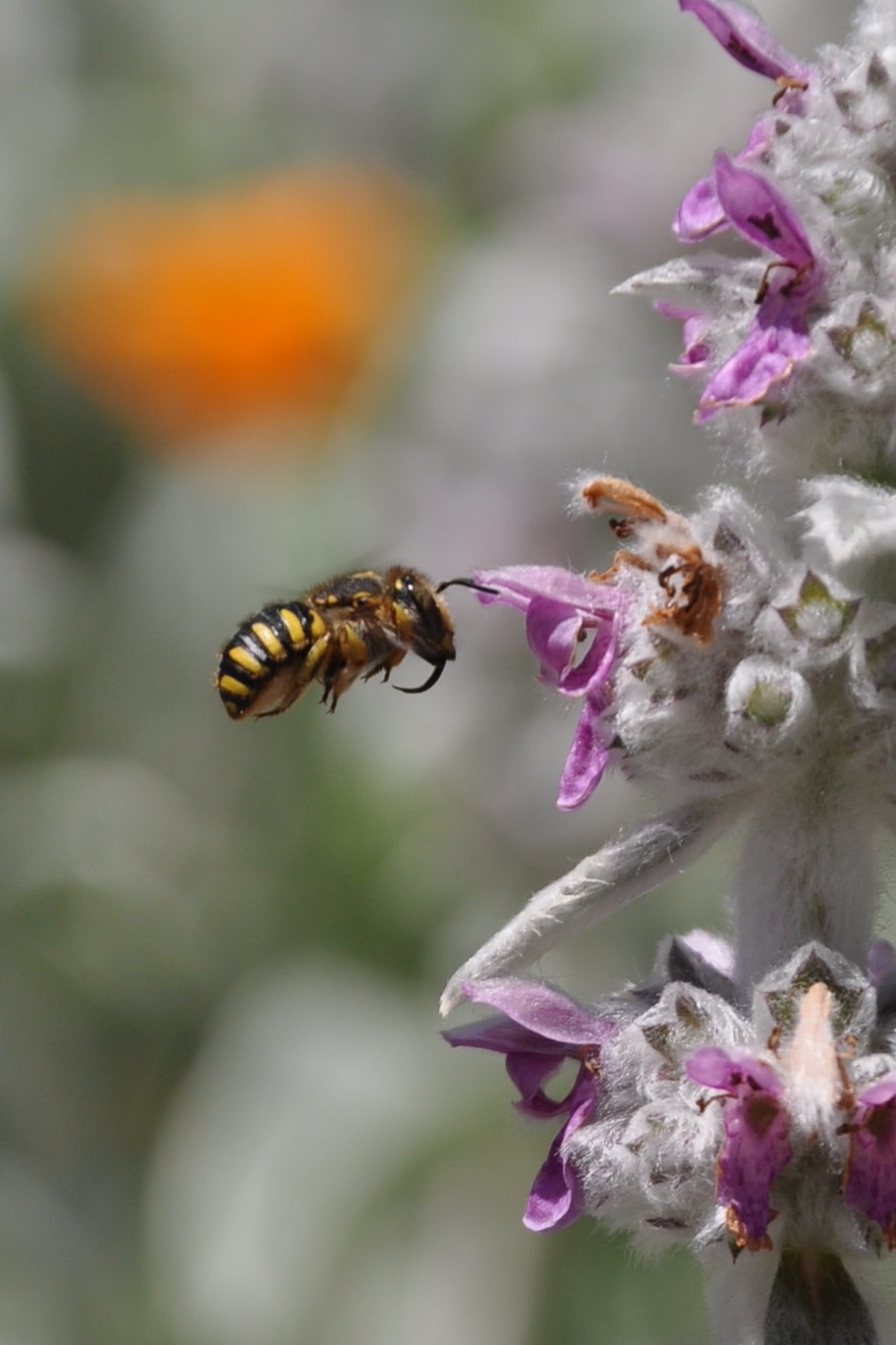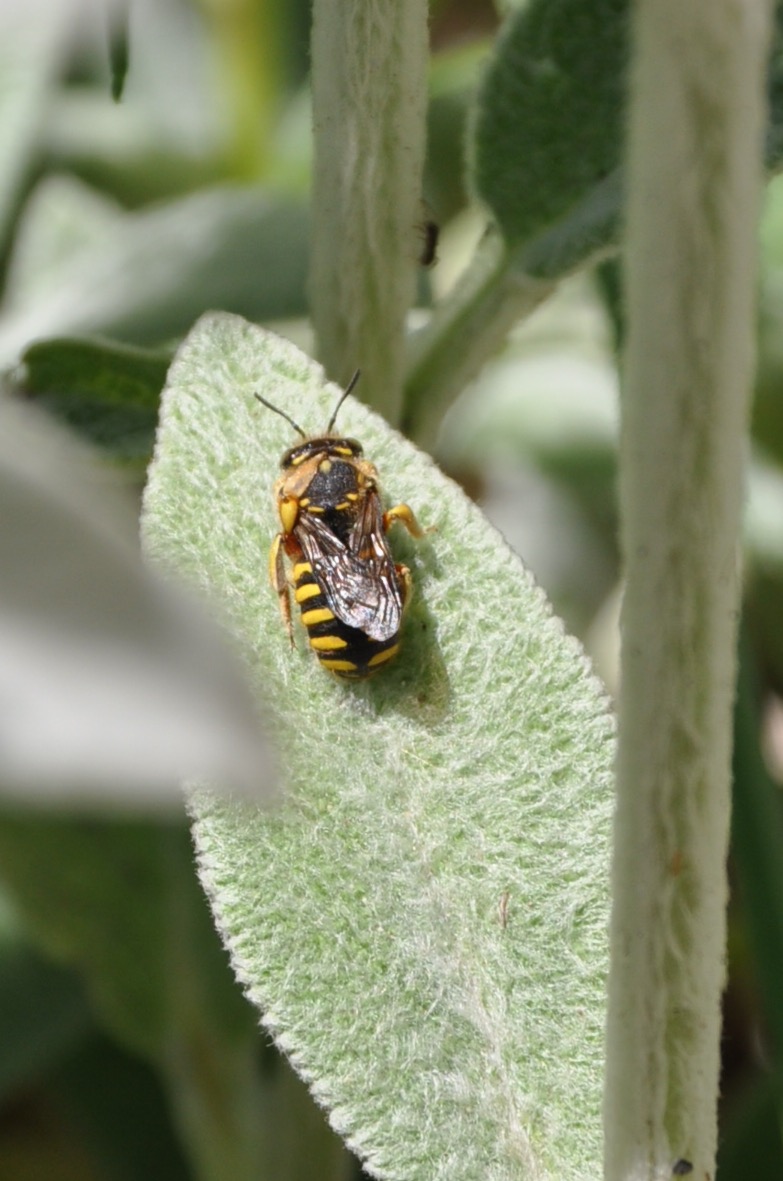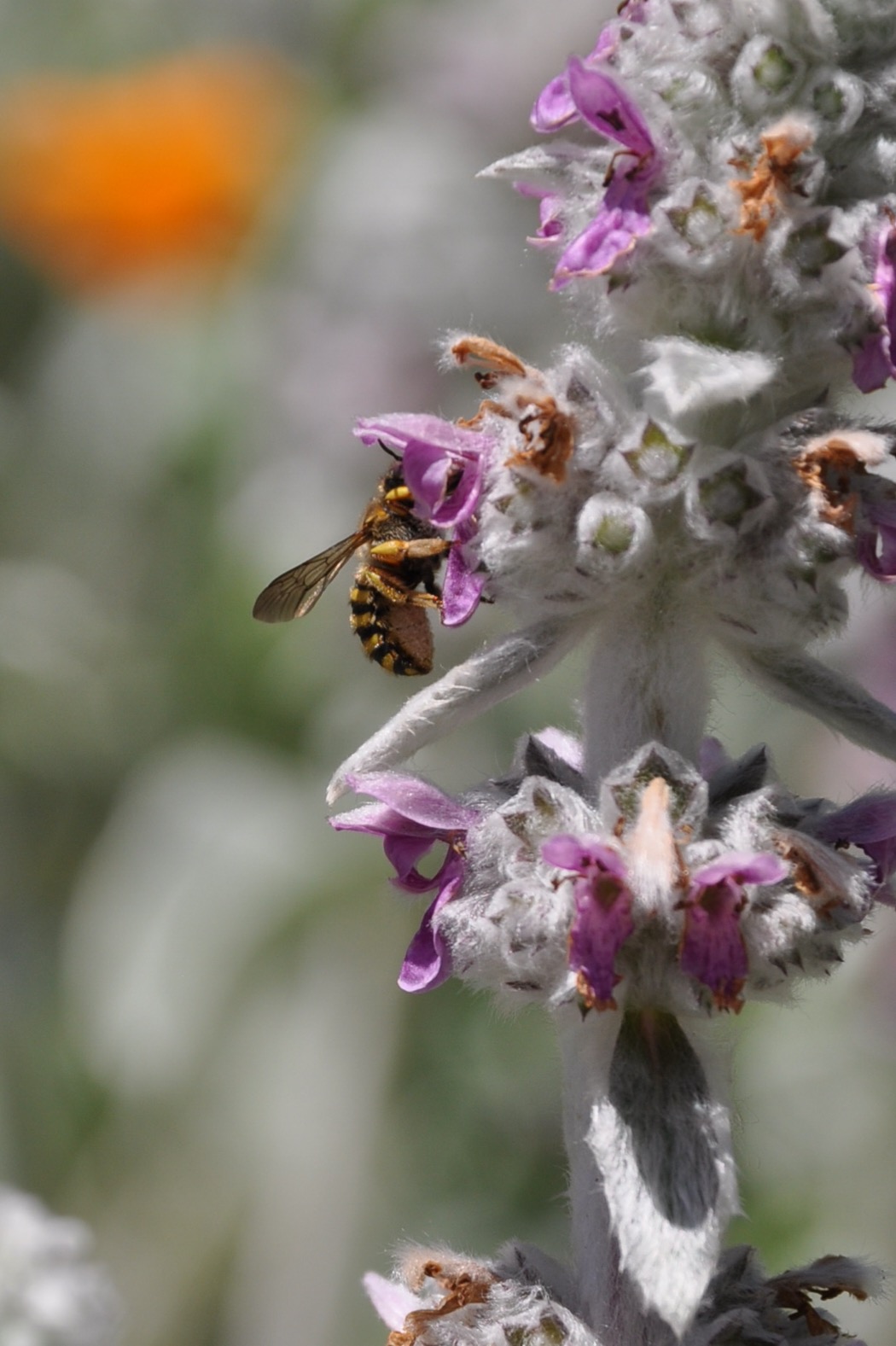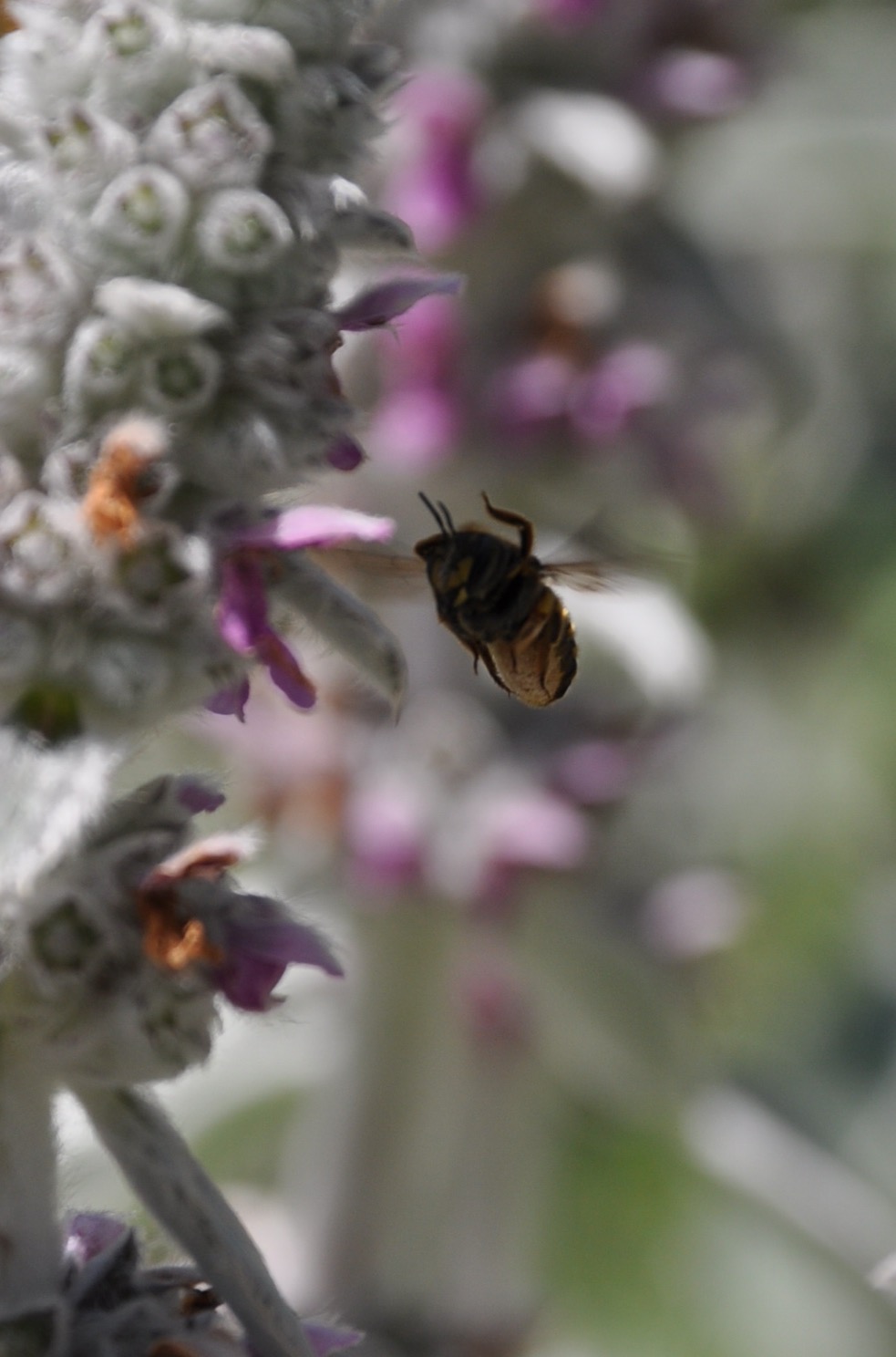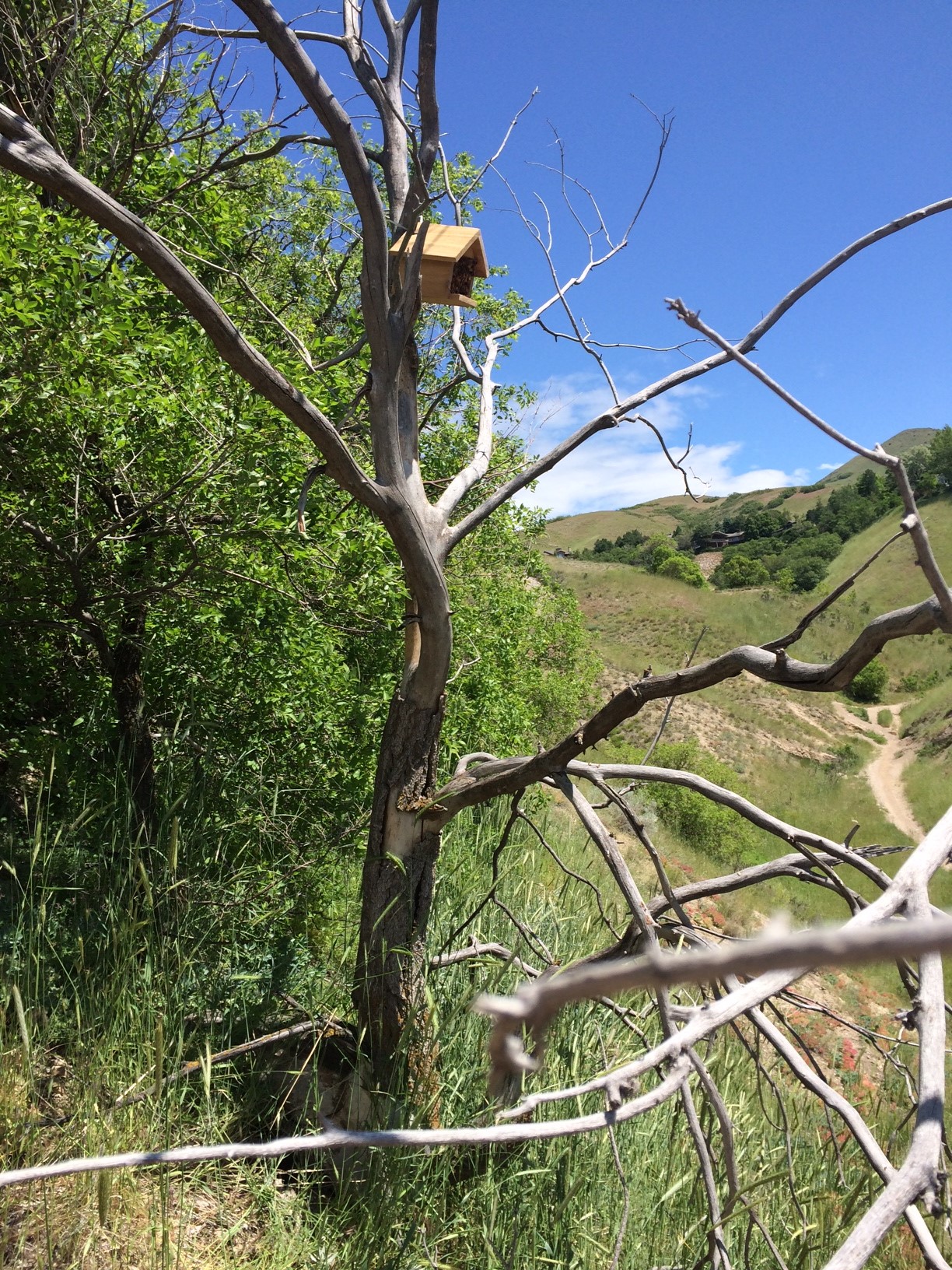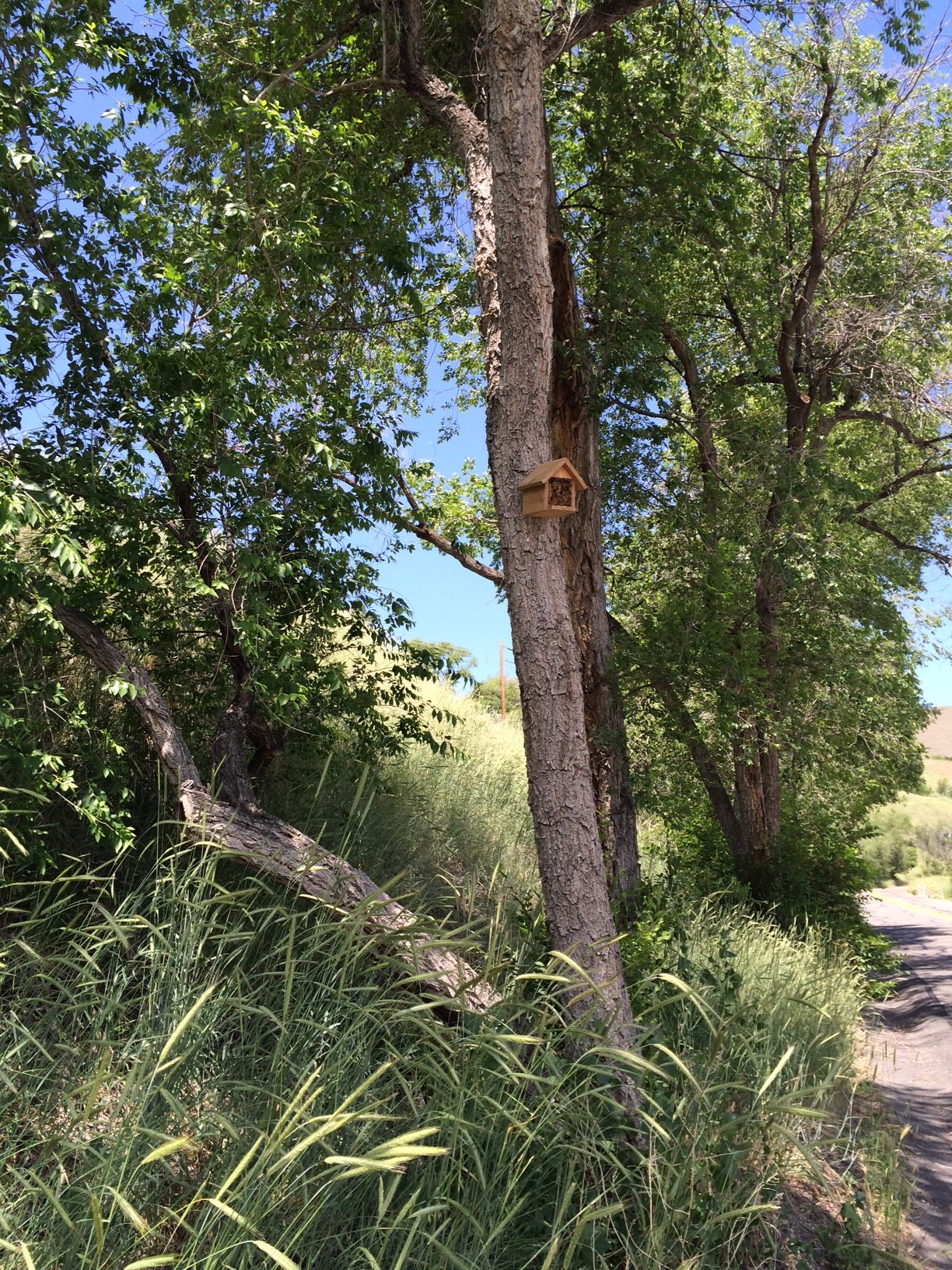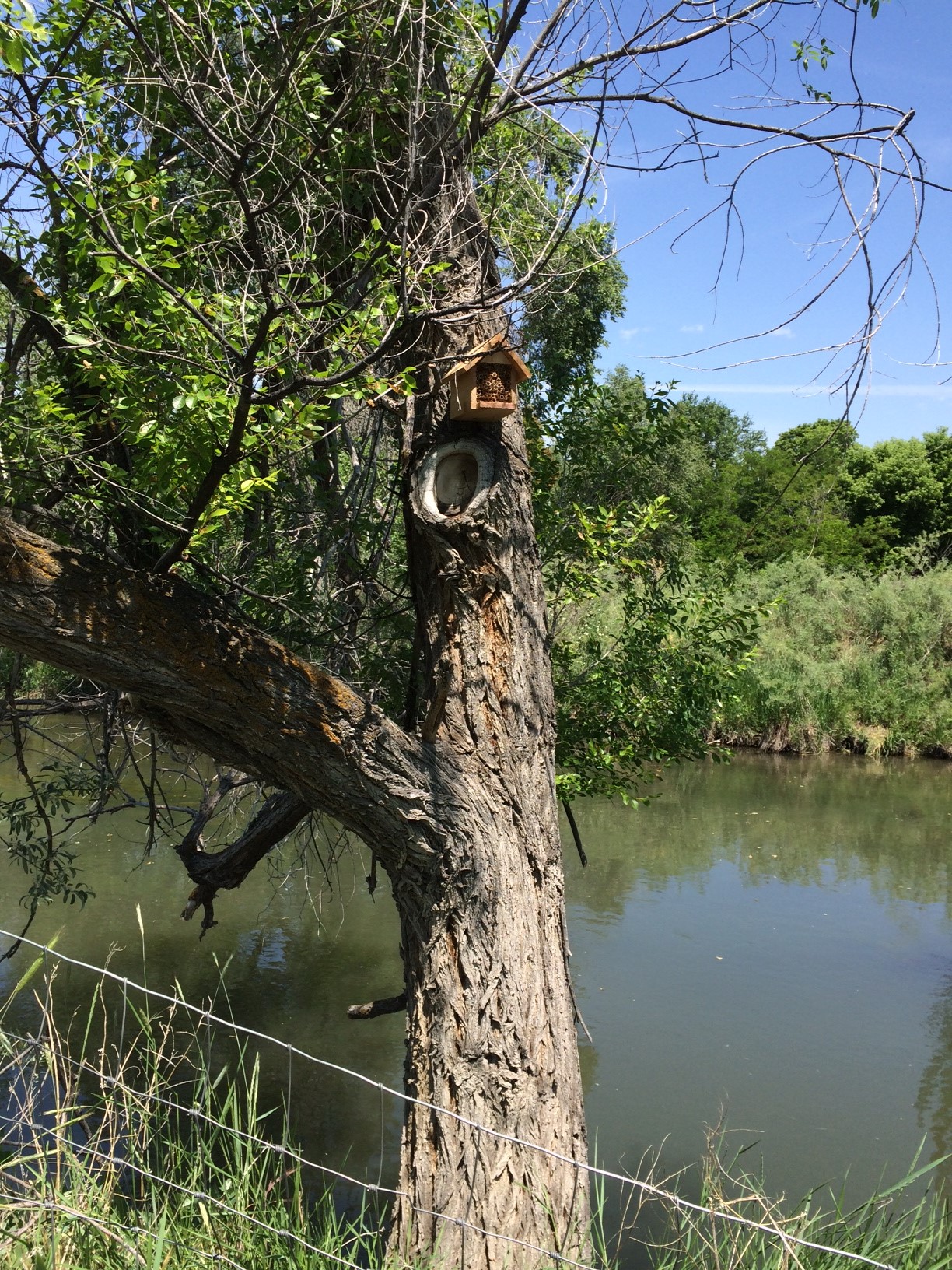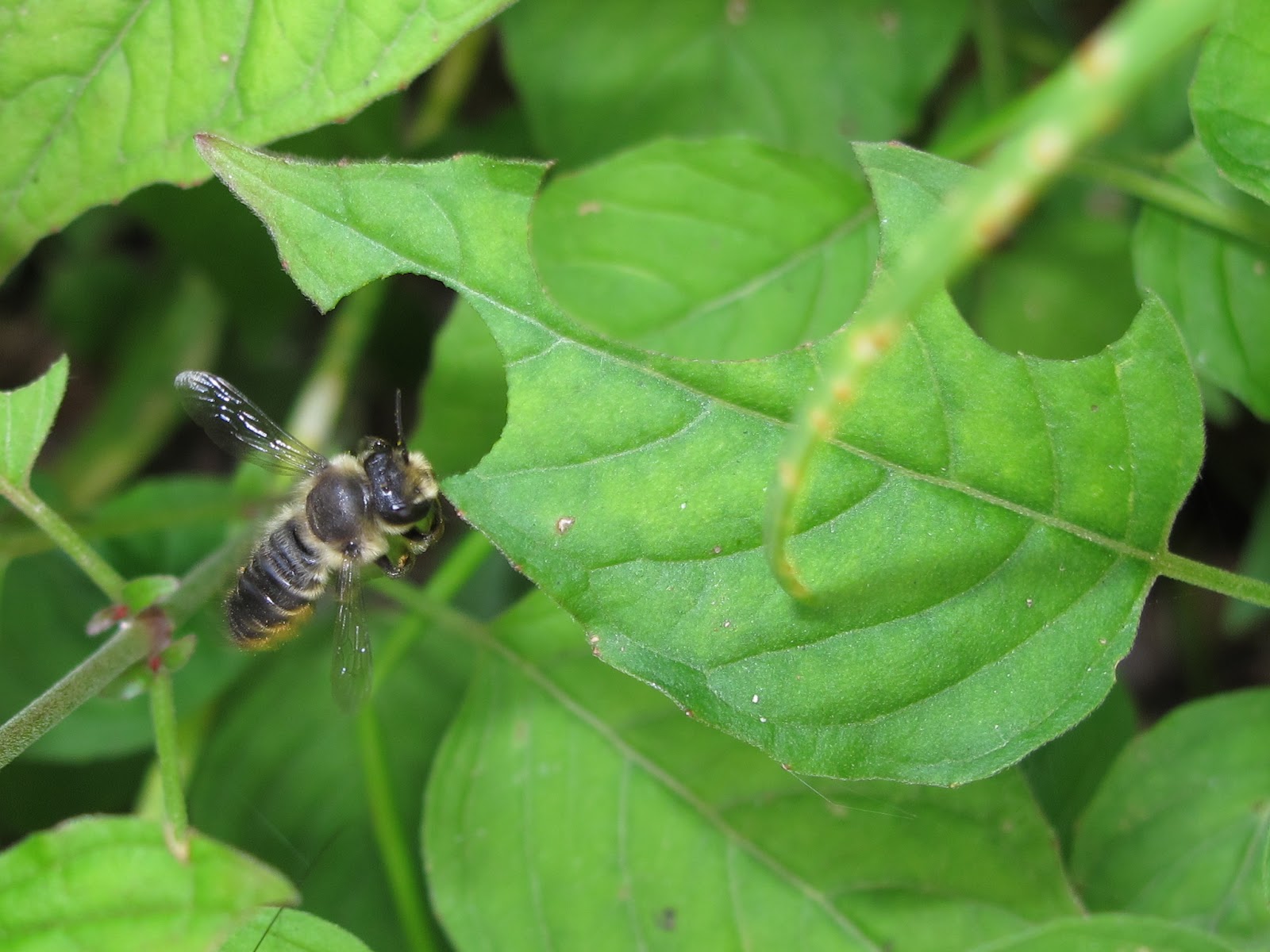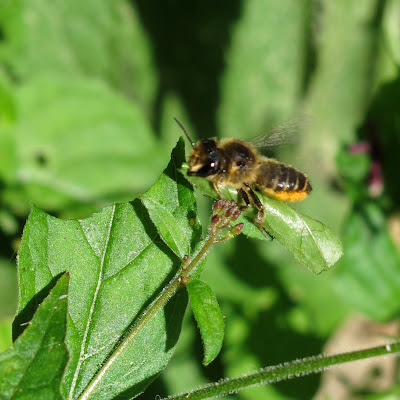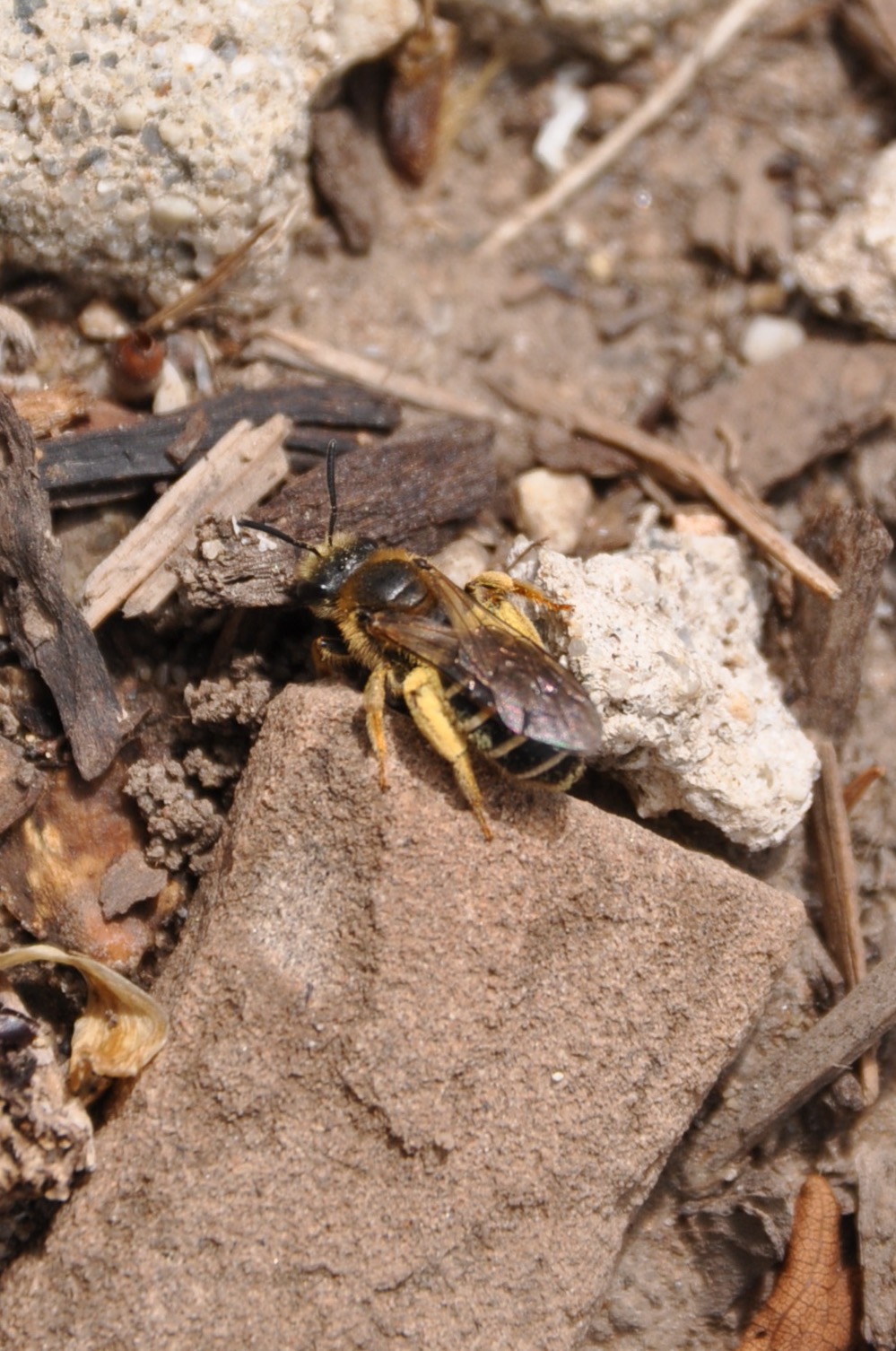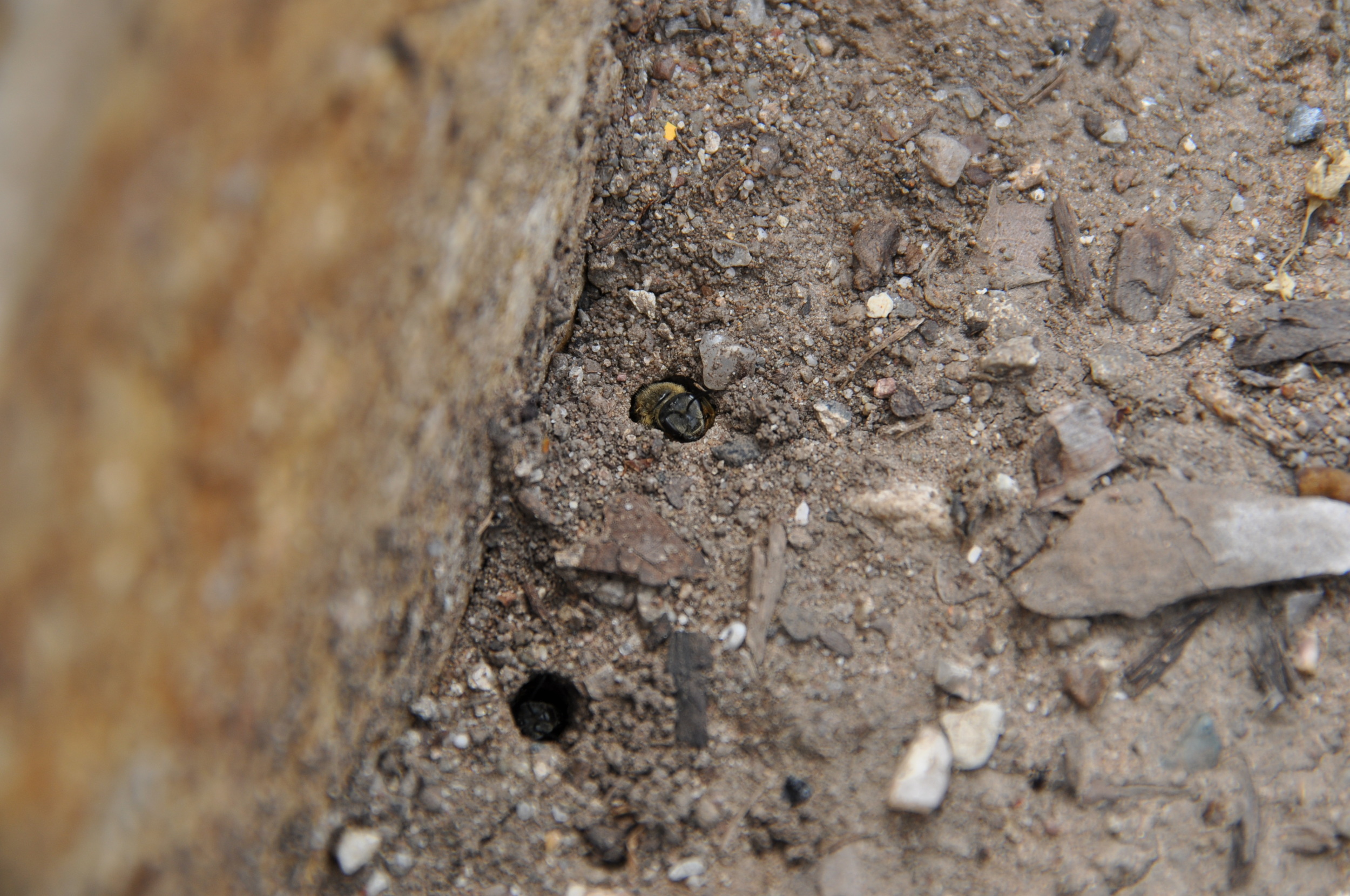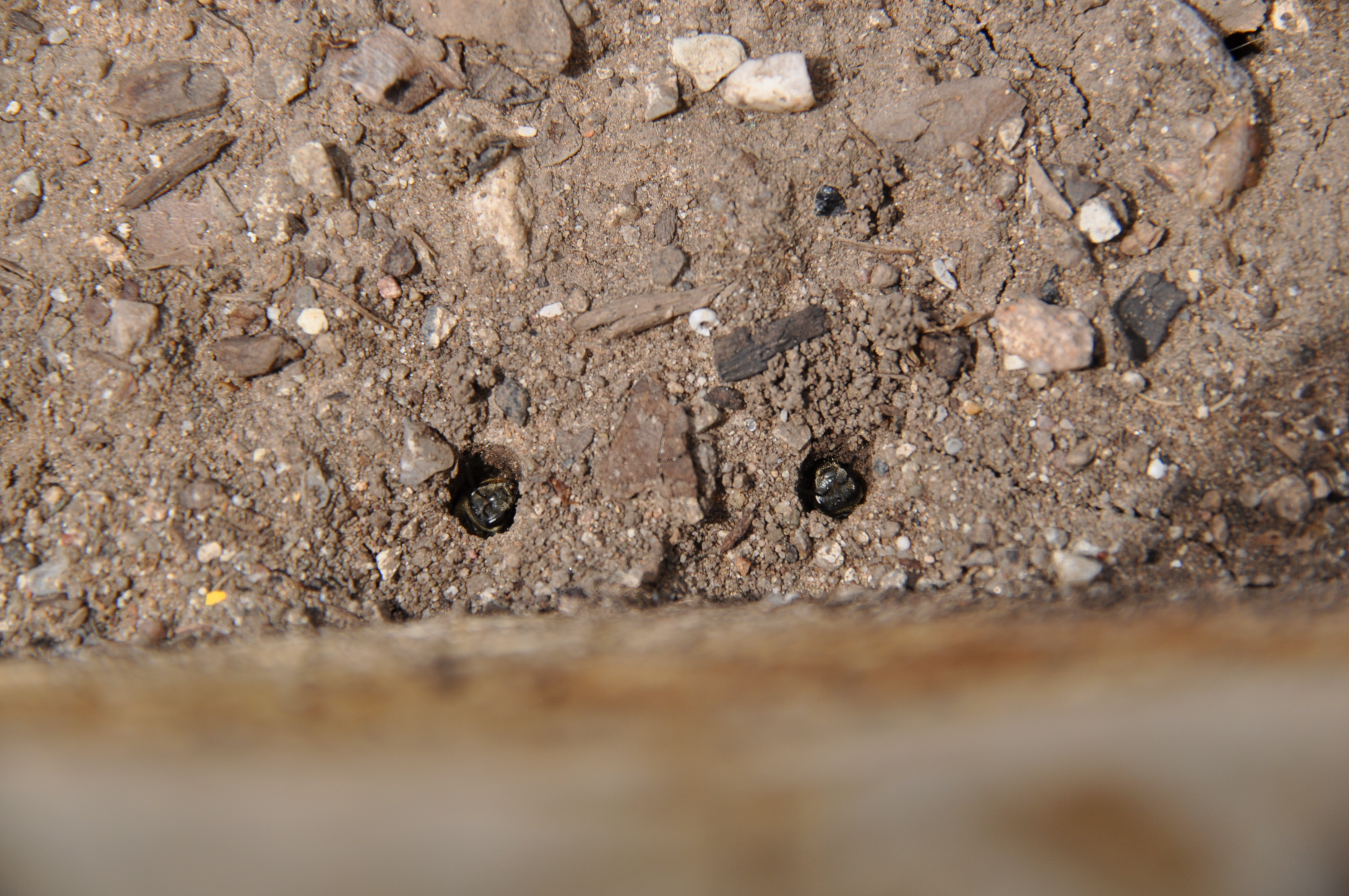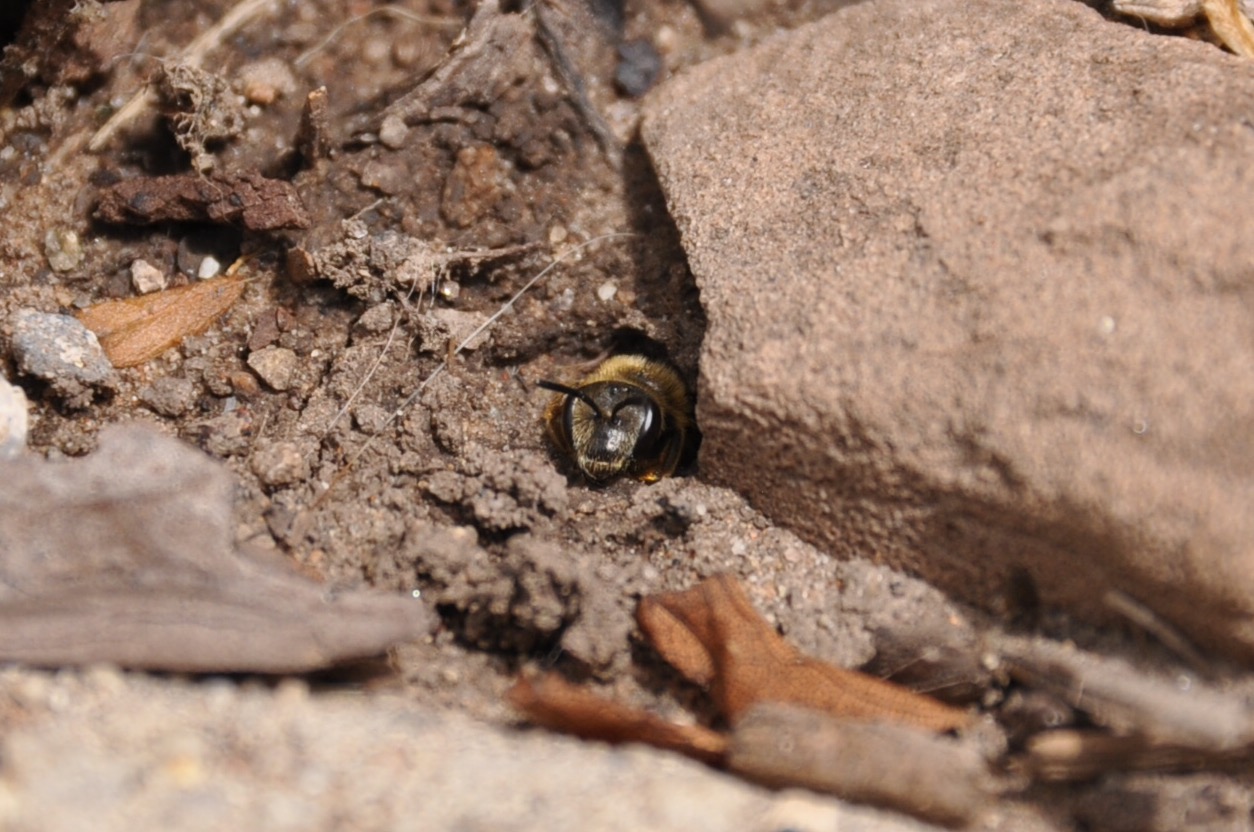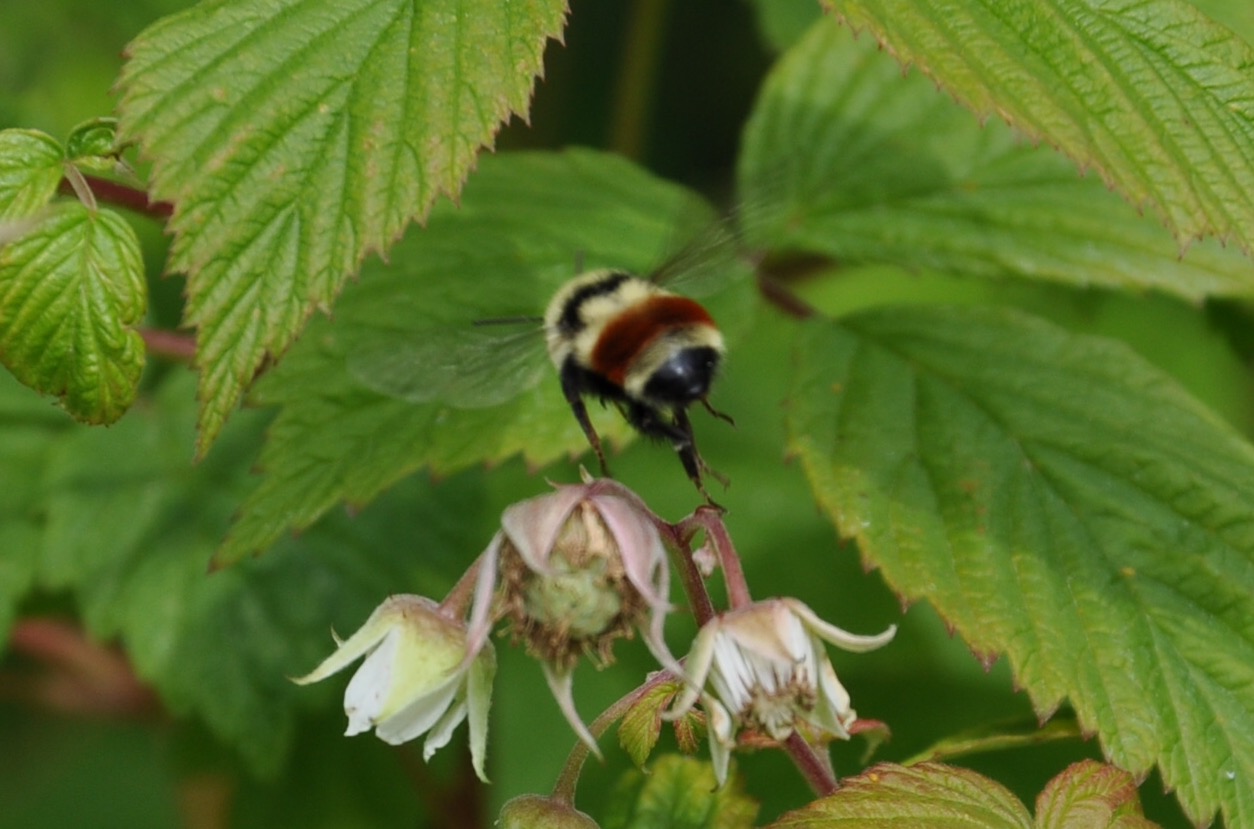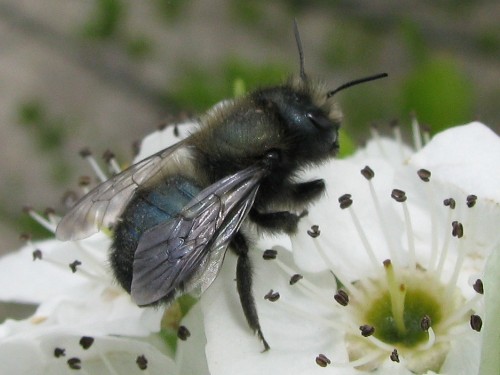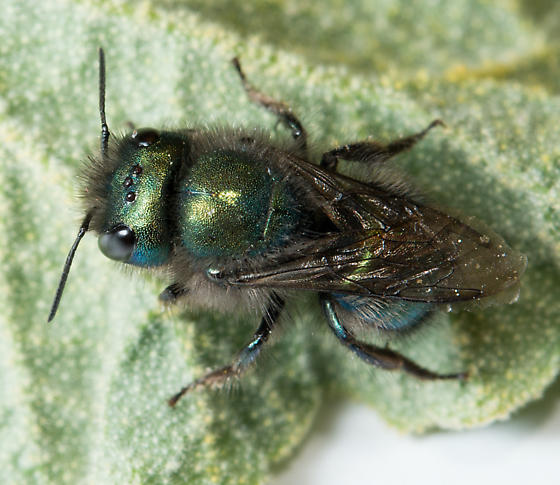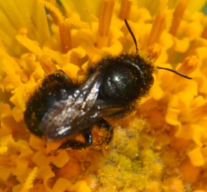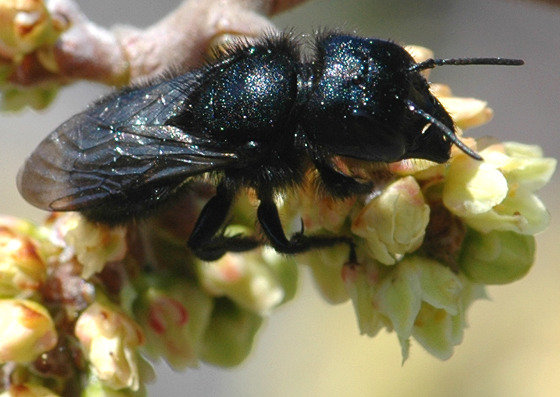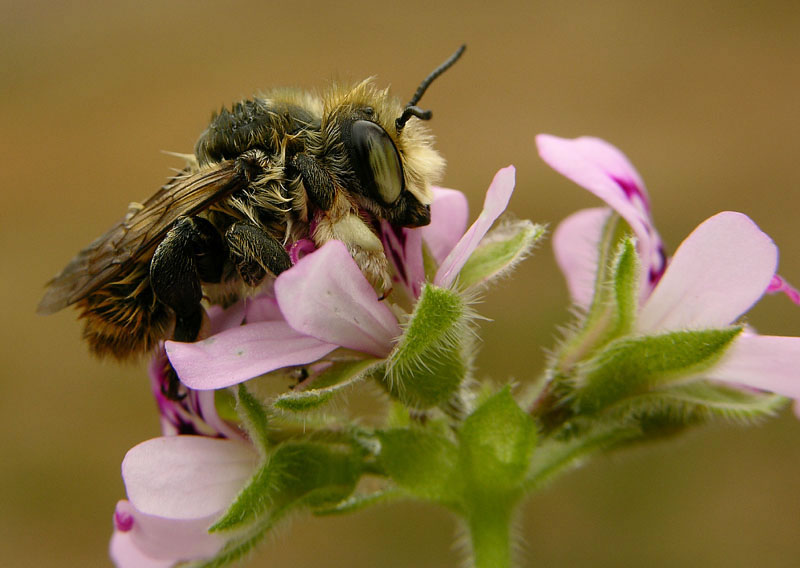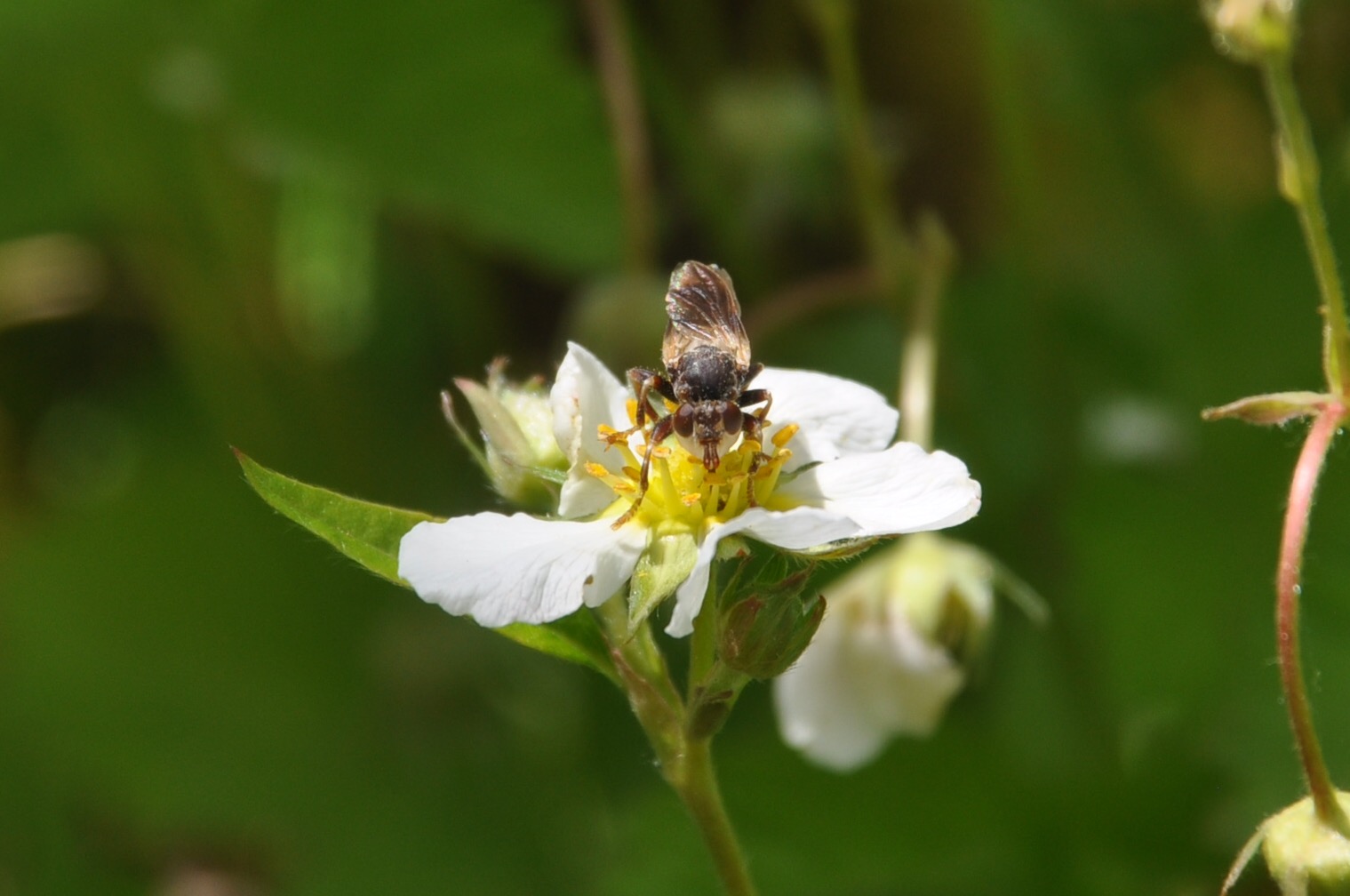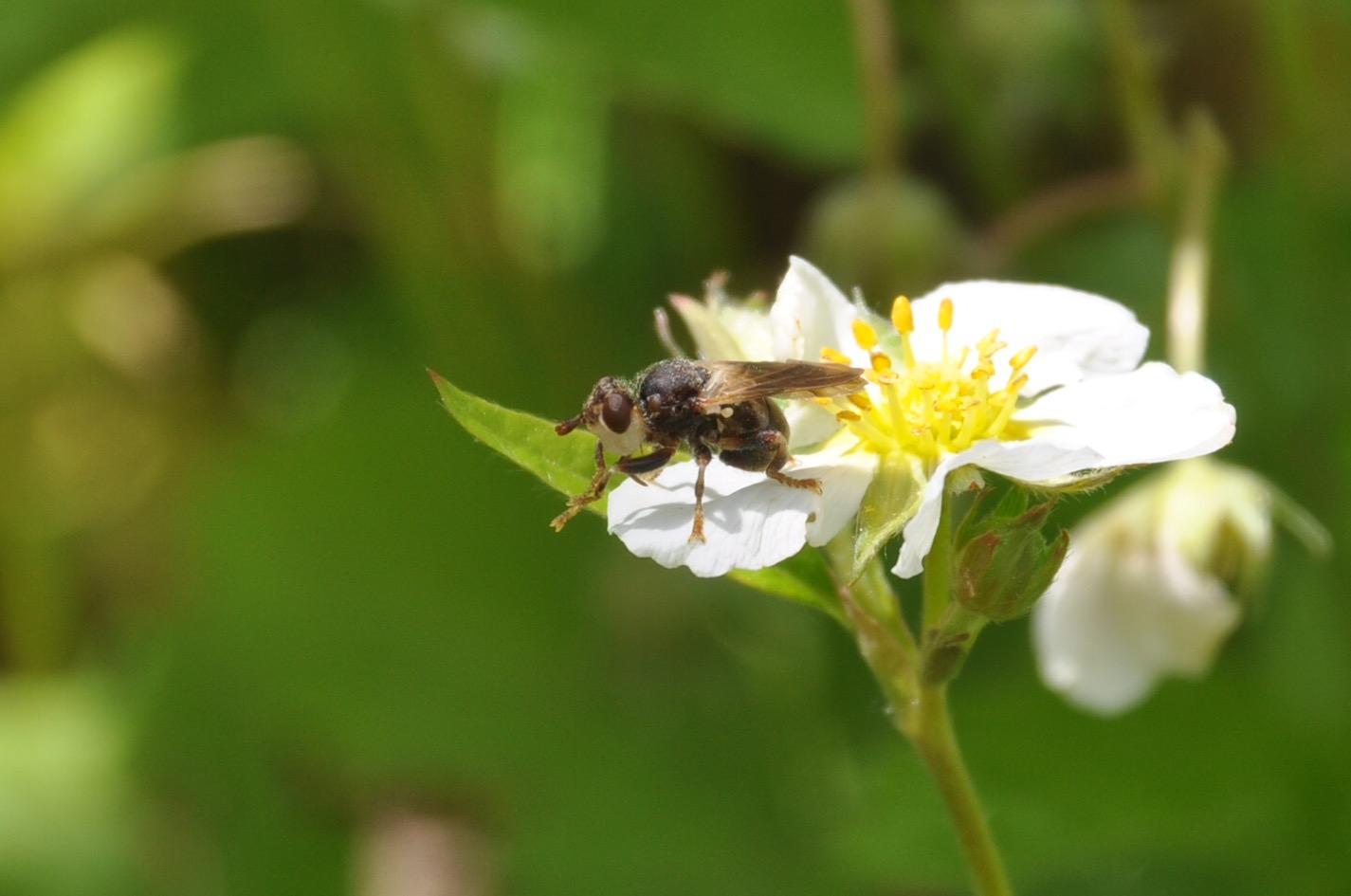Wild Bee Gardens $2.99
Version 1.3.0 - requires iOS 7.0 or later. Compatible with iPhone, iPad, and iPod touch.
A handy reference tool with the most common wild bees and 'bee-attractive' plants found in North America with stunning photographs of each. Great for matching garden plants with specific bee visitors and vice versa.
It is very hard to criticize this app.
And believe me, I want to write an objective review.
The only drawback is that it's not free. But you can't get something this awesome for free.
Wild Bee Gardens is the only app that gives you information on bee-plants AND the bees themselves. Pollinator Partnership has an app that is similar, but inferior on the details, no photos of pollinators, and just not that fun to use. A cheesy app that feels flat, although to be fair, it is free.
Basically, spending $2.99 on Wild Bee Gardens is one of the easiest, most practical, and enjoyable ways to help bees. You will be several steps closer to planting the right flowers and learning to recognize your bee visitors, with the help of this handy, curated encyclopedia.
My favorite part about this app is that it is inspiring. And that is what it's all about.
Below I detail my favorite things, in case you need more convincing....
- A well-curated 'bee-attractive' plant list with just the right amount of information
- Photographic guide to common wild bees that is just plain awesome
- Well-designed interface for matching bees with specific plants - a totally unique feature
- Practical, thorough primers on creating a bee garden, how to recognize native bees that you see most often, and the fascinating habits of solitary bees!
1. thoughtfully selected "bee-plants"
There is no shortage of 'bee-attractive' plant lists out there. BUT. It's a LOT of information, and quite tedious to do the research from scratch.
Designing and planning a garden should be fun. Especially a bee garden.
Wild Bee Gardens gives you a 'curated' list of the 50 BEST plants for bees in North America with stunning photographs, and the essential information on native regions, bloom time, flower color, and planting requirements. These are the best of the best. The author has practical experience building bee gardens herself, which helps.
Personally, I like how both natives AND the cultivated/ornamental varieties of natives are included in the list. Most people want a combination of beautiful colors and shapes as well as plentiful pollen and nectar for the bees. Included are popular and beautiful garden plants that are loved by bees, all native to North America. Regional information is included if you want to choose those endemic to your particular part of the country.
2. best photographic guide to common wild bees
Identifying bees is not easy. While databases like Discover Life and Bug Guide are wonderful, they are tedious to use and only have images of pinned specimens. It's a lot of work and inefficient to ID bees this way, especially if you just got a glimpse! As gardeners and bee-watchers, we want to be outside, and don't really need all the gory details on each species.
Wild Bee Gardens is great because it contains excellent, professional photographs of the most common 25 genera of wild bees in North America. You can figure out: Is it a mason bee (Osmia), carder bee (Anthidium), bumble bee (Bombus), carpenter bee (Xylocopa, Ceratina), or something else? Doing it this way is fun and engaging. You CAN learn to recognize the basic types of native bees from pictures.
3. you can match bees with plants (and vice versa)
This is what Wild Bee Gardens is all about.
If you have a favorite plant, or a favorite bee, you can incorporate these preferences into your planning. Totally fun. AND you can learn what flower preferences wild bees have. This app is very well-researched.
The Ipad interface (left photo) is where Wild Bee Gardens really shines in this department, although both iPad and iPhone have the same capability. On the iPad you get plant description, photo gallery, AND bee visitors (with thumbnails) on the same screen! On the iPhone it takes an extra click to see each of these categories (right photo). Not a huge difference, but it makes the iPad version especially fun to use.
4. Practical primers - all you need to know!
Wild Bee Gardens is not just pretty pictures. You are also paying for a well-organized and well-researched eBook about wild bees. Everything you need to know about the habits of bees, their emergence times and preferences, why we should care about them, HOW to recognize them if you want to really get into it, and all the essential details about providing everything they need in your backyard. You can find this information elsewhere, but not in one place. Bees are complex, beautiful little creatures, and reading the "guides" on Wild Bee Gardens is a very efficient and fun way to learn about them.
I am still learning.
What else can I say?

